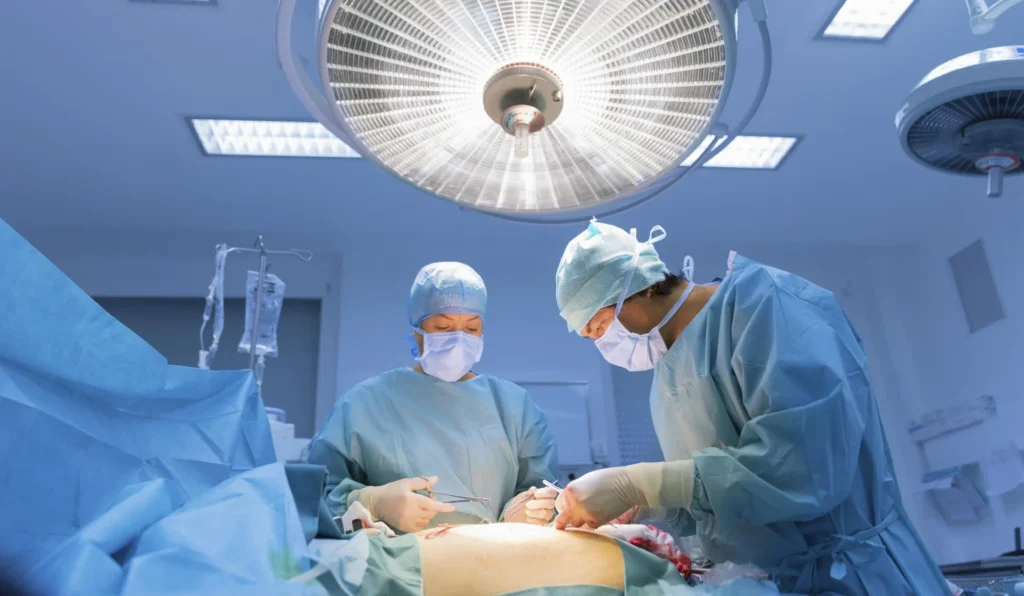The practice of plastic surgery has evolved into a sophisticated, multifaceted, and higher surgical art from its form of rather simple and basic surgical procedures of modern approaches. These changes can be attributed to advancements in technology and innovative procedures. Aside from achieving beauty, plastic surgery has the power to transform lives, rebuild confidence, repair damage, and significantly improve a person’s well-being. Advancements have made it possible to customize reconstructive and cosmetic procedures to suit individual needs and perform them safely and efficiently.
3D Imaging and Simulation for Precise Planning
One of the most modern advancement areas in Plastic surgery is 3D imaging technology. Simulation has never been as possible as it is now. As aforementioned, patients can visualize their perceived results and hence can be a part of the decision-making for their surgery procedures, which eventually lets them better manage their expectations. Surgeons can now simulate results, which has alleviated concerns of many as well. Through 3D imaging, the concerns and expectations of patients can be better managed, which has significantly improved satisfaction and has proven to be an excellent reason for accuracy for plastic surgeries.
Minimally Invasive Cosmetic Surgery Techniques
The use of new techniques in Cosmetic surgery has been timely in matching the expectations of modern society. The benefits of modern advances like more endoscopic surgery, laser-assisted liposuction, and modern, minimally invasive face lifts lie within the quicker recovery time and minimal or no scarring. Not only does this widen the scope of aesthetic surgery, but it also aids in the psychological barriers patients burdened themselves with due to the lengthy recovery time. Strategies concentrating on reduced surgery invasiveness seek to obtain natural good outcomes with less disruption to the patient’s life.
Robotic-Assisted Plastic Surgery
Robotic systems, which were used in complex surgeries like cardiology, are now making their way into plastic surgery. These systems are invaluable for delicate operations such as microsurgery, where small blood vessels and nerves are intricately sutured. Robotic-assisted surgery offers enhanced accuracy, less tissue damage, and improved recovery. This has been a great advantage in restorative surgery after trauma or reconstruction surgery after cancer.
Regenerative Medicine and Stem Cell Use
With the use of regenerative medicine and stem cell therapies, the field of plastic and cosmetic surgery is now integrated with other specialties, opening new paths to remarkable options. Platelet-rich-plasma (PRP) and stem cell therapies are being incorporated to aid more effectively with the postoperative recovery period and to improve skin and tissue. In Cosmetic surgery, stem cells are helping to create and restore a more natural and youthful appearance on the face and body and reduce the risks associated with surgeries.
Advanced Laser and Light-Based Technologies
Errors associated with plastic surgery are now being corrected through the use of laser technology, which has provided an efficient way for performing skin resurfacing, scar removal, and treatment of skin pigmentation disorders. Laser treatment is not only effective for cosmetic surgery but also for skin recovery and resurfacing; the use of fractional lasers and intense pulsed light (IPL) systems boosts collagen, smoothens skin, and improves its tone with little recovery time.
Closing Words
Plastic surgery has never been as patient-friendly, as safe, and as exact as it is now. The best innovations in the field come with added benefits of advanced imaging, regenerative medicine, and more. The issue of the need for plastic surgery from a societal lens still remains misunderstood, yet its purpose stands to restore one’s physique, mend emotional wounds, and improve the holistic state of one’s life. The expectation is that with the constant development of technology, patients will be granted even further unparalleled options that will transform their lives with remarkable changes, fusing art with science in unprecedented ways.

